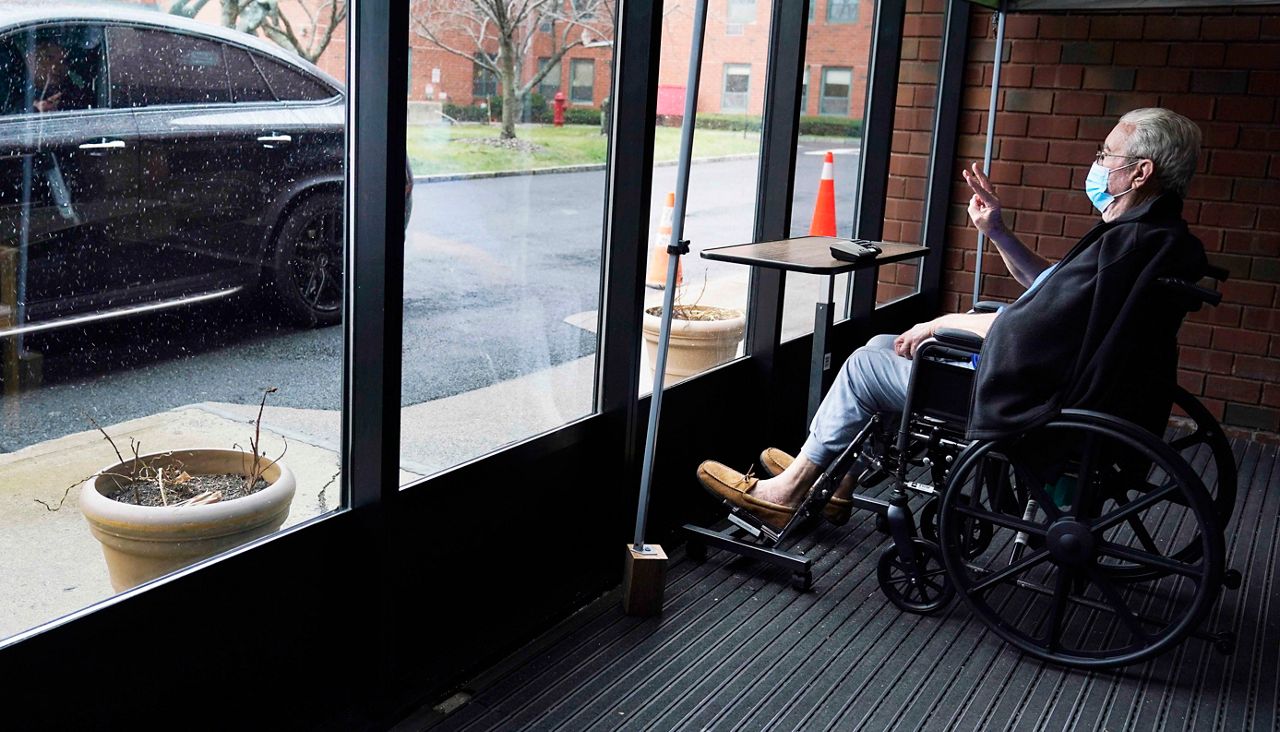SUNY Chancellor Jim Malatras on Friday sought to explain his role in helping craft a July report on nursing home deaths during the COVID-19 pandemic that has become a new focal point in the escalating controversies swirling around Gov. Andrew Cuomo.
Malatras was among the panel of longtime aides to Gov. Andrew Cuomo who are part of a pandemic task force who worked on the final report that largely absolved the governor's administration of a March 25 discharge directive for COVID patients entering nursing homes.
The New York Times and Wall Street Journal reported on Thursday the report was altered to not include the full death count of nursing home residents since the pandemic began.
“Given my expertise in public policy, including public health issues such as opioid misuse and health care, I was asked to help review and provide feedback on the scientific language in that public report to make it more accessible for a general audience," Malatras said during an event in the Bronx.
"That’s the exact role I played while at the Rockefeller Institute of Government on dozens of reports as they neared publication. As with many reports, there were back and forth with structure, citations and other language during the process, but to be clear, I included the fatalities data provided by the New York State Department of Health which I did not alter and change.”
Cuomo counsel Beth Garvey in a statement wrote none of the aides, including Financial Services Superintendent Linda Lacewell and Secretary Melissa DeRosa, "changed any of the fatality numbers or "altered" the fatality data."
And Garvey indicated the report would now be updated to include the more complete number of long-term care facility residents who have died during the pandemic. The state had previously counted people who died in the facilities themselves, not residents who died in hospitals or in private homes.
"The report was intended to detail whether the March 25 advisory memo contributed to increased deaths, and not be a full accounting of every death," Garvey said. "We have since updated the report, and it now includes out of facility deaths, with the exception of a limited subset which cannot be confirmed to a sufficient degree of reliability, and that is clearly denoted — the updated report supports the same conclusion of the initial July report."
The Cuomo administration in January released a more complete count of the death toll among residents amid months of calls from legislators as well as requests from the media and other organizations.
Garvey reiterated in a statement the initial number could not be released in July because it was not verified.
"The Chamber concluded that given the uncertainty of one data set that had not been verified, it did not need to be included, because it did not change the ultimate conclusions, as shown in the revised report which did include that additional data," she said. "DOH has repeatedly said they support both the original and revised reports as issued."



